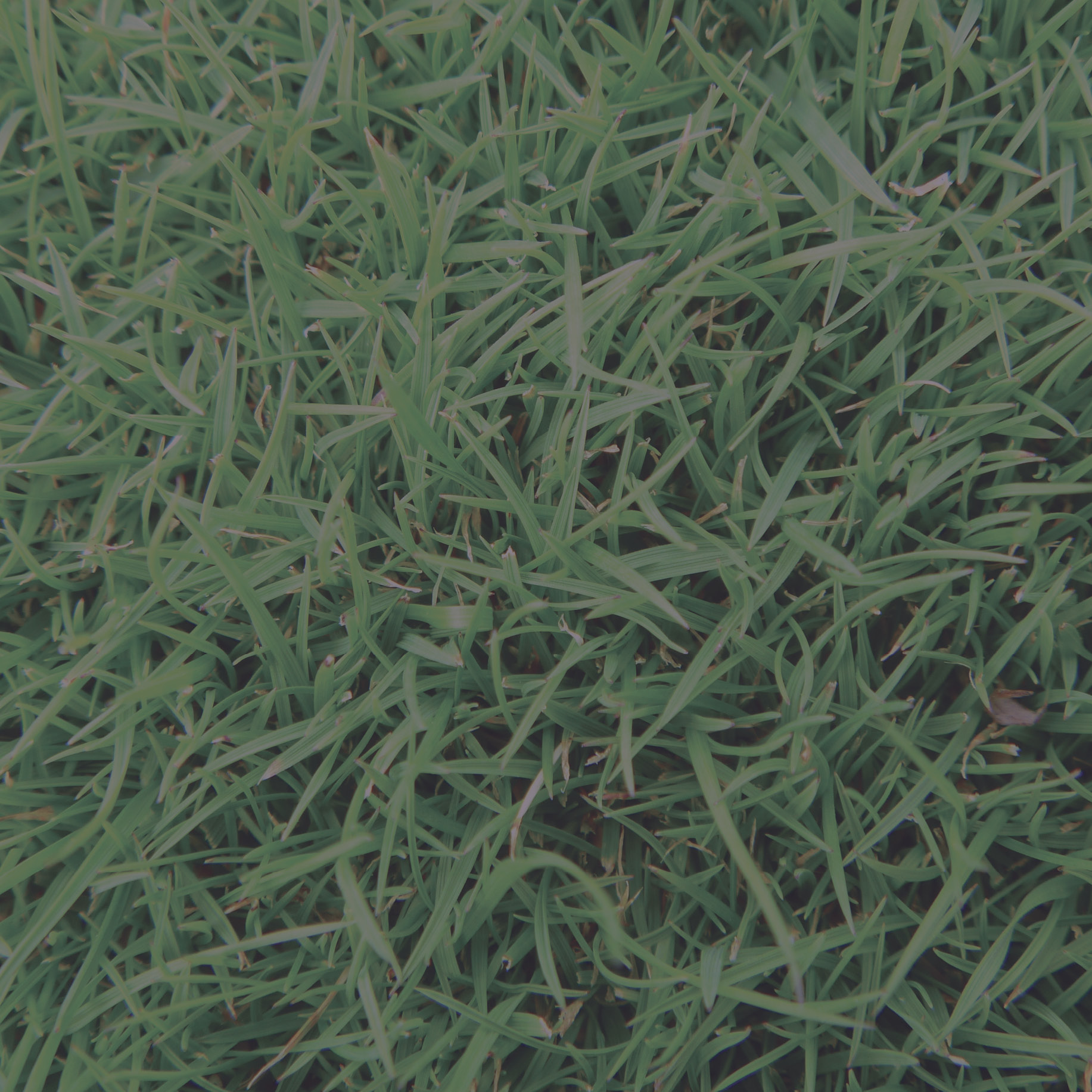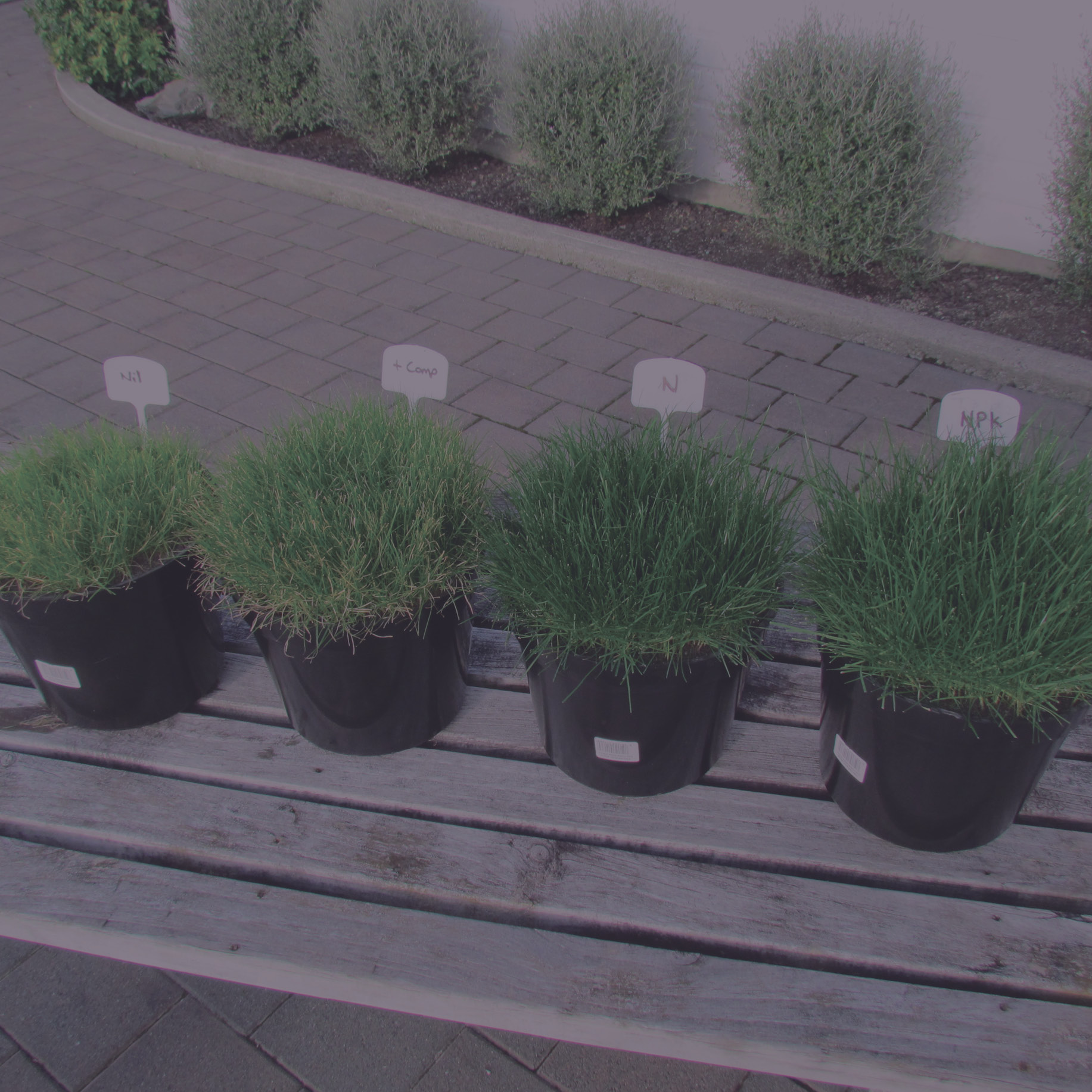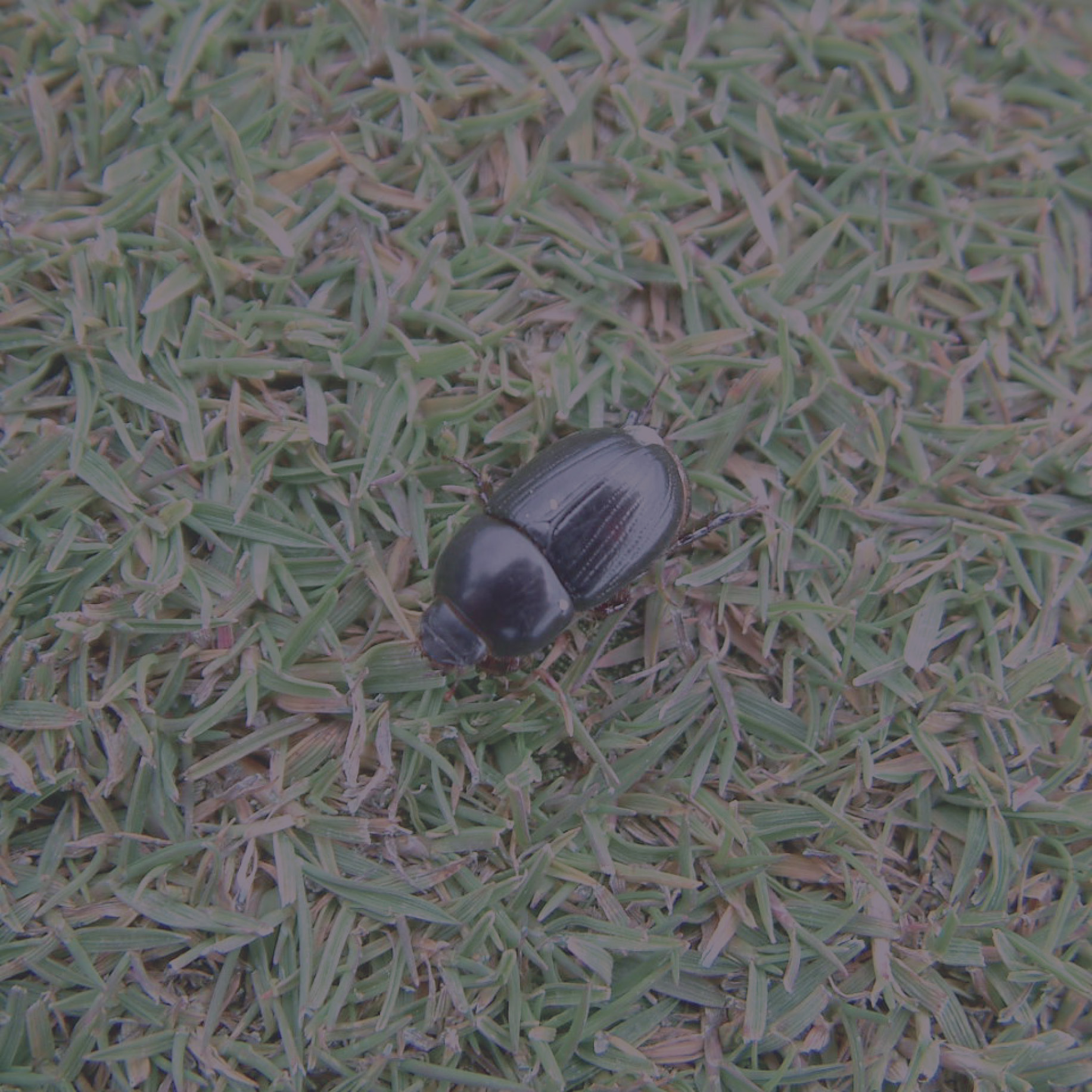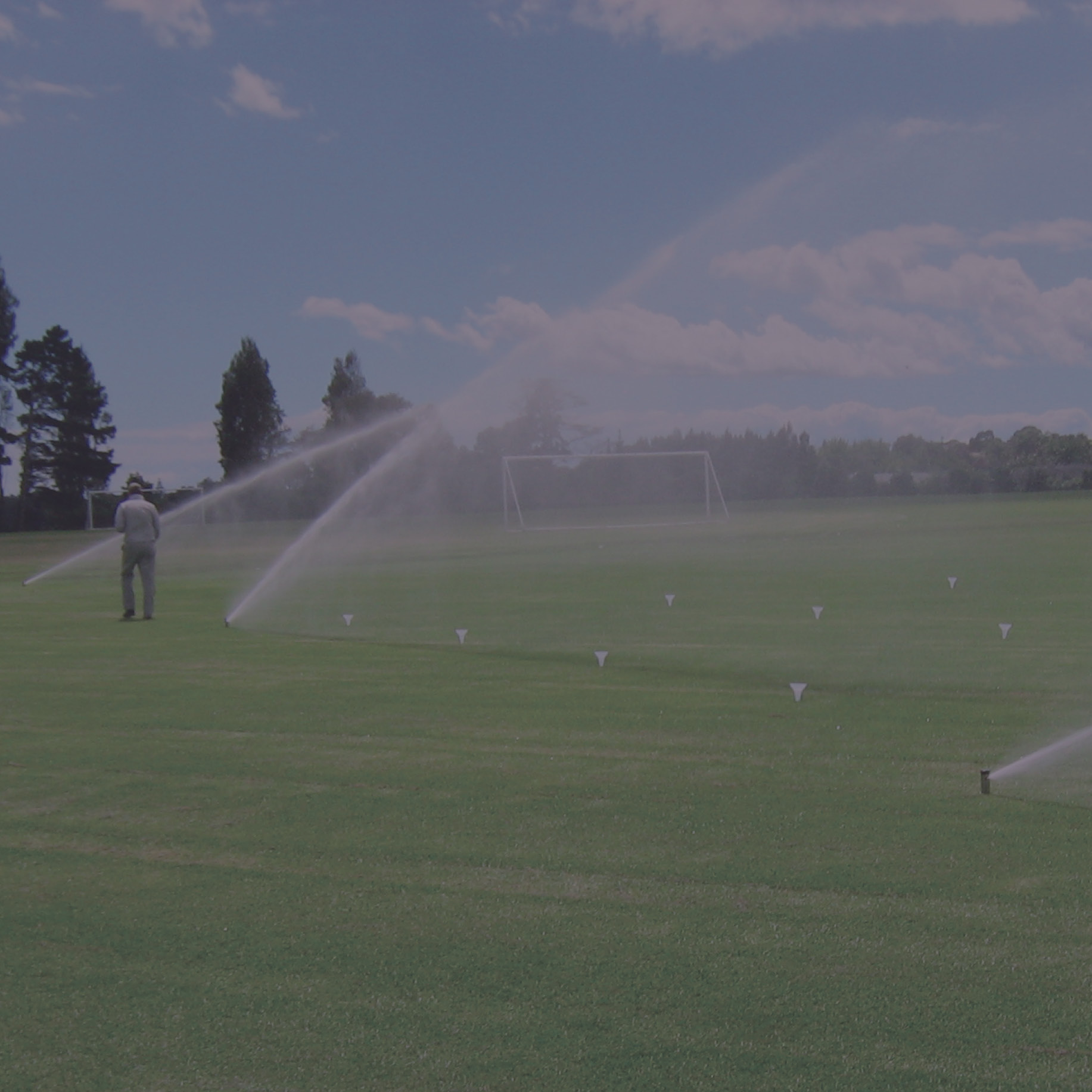The New Zealand Certificate in Horticulture (Sports Turf) (Level 3) is designed to offer you a solid foundation in the practical skills and underpinning knowledge used in routine sports turf maintenance tasks. The programme will refine your techniques and explain why you carry out tasks in specific ways. You'll gain a specialised knowledge of turf plants and how they grow, the ideal nutrients, soil and water levels they need, and how to safely mow and irrigate your turf with precision to create exactly the results you need. You'll also build on critical communication and technical skills needed in a 21st century industry.
In this way, you'll become an indispensable team member for your employer, with a qualification recognised across the wider sports turf industry.

- Training Coordinator: Jeanette Salmond
- Tutor: Chris Gribben
- Tutor: Brendan Hannan
- Tutor: David Howard
- Tutor: Tara McLeod
- Tutor: Andrew Mitchell
- Tutor: David Ormsby
- Tutor: Brian Way
The Botany of Turf Plants course includes an introduction to plant taxonomies (the scientific classification system), the botanical names of common turf plants, the identifying features of turf plants, desirable turf species and undesirable turf species (grasses and weeds), and how the growth and development of turf plants can best create the ideal turf surface for each sport.

- Training Coordinator: Jeanette Salmond
- Tutor: Chris Gribben
- Tutor: Brendan Hannan
- Tutor: David Howard
- Tutor: Tara McLeod
- Tutor: Andrew Mitchell
- Tutor: David Ormsby
- Tutor: Brian Way
The Nutrients course focuses on understanding:
- how plants access nutrients
- why they need nutrients
- which ones they need for the results turf managers want
- how we supply additional nutrients in the form of fertilisers
- different fertiliser products.

- Training Coordinator: Jeanette Salmond
- Non-editing teacher: Chris Gribben
- Non-editing teacher: Brendan Hannan
- Non-editing teacher: David Howard
- Non-editing teacher: Tara McLeod
- Non-editing teacher: Andrew Mitchell
- Non-editing teacher: David Ormsby
- Non-editing teacher: Derek Ross
- Non-editing teacher: Brian Way
The Pests, Diseases and Disorders course covers how to identify and monitor a wide range of turf pests, diseases and disorders by their signs and symptoms, and understanding pest and disease life cycles and the conditions that cause them to become established and spread.

- Training Coordinator: Jeanette Salmond
- Tutor: Chris Gribben
- Tutor: Brendan Hannan
- Tutor: David Howard
- Tutor: Tara McLeod
- Tutor: Andrew Mitchell
- Tutor: David Ormsby
- Tutor: Derek Ross
- Tutor: Brian Way
This comprehensive course introduces students to:
- soil textures and types
- how water is held in the soil for plants to use
- the hydrological cycle and natural sources of water
- weather forecasting
- how to measure how much water is in the soil, to determine when irrigation is needed.

- Training Coordinator: Jeanette Salmond
- Non-editing teacher: Chris Gribben
- Non-editing teacher: Brendan Hannan
- Non-editing teacher: David Howard
- Non-editing teacher: Tara McLeod
- Non-editing teacher: Andrew Mitchell
- Non-editing teacher: David Ormsby
- Non-editing teacher: Brian Way
The Irrigation course is very practical; focusing on large-scale sports turf irrigation systems and covers:
- the components and working of an irrigation system
- how to set up and operate an irrigation system
- basic maintenance tasks.

- Training Coordinator: Jeanette Salmond
- Non-editing teacher: Chris Gribben
- Non-editing teacher: Brendan Hannan
- Non-editing teacher: David Howard
- Non-editing teacher: Tara McLeod
- Non-editing teacher: Andrew Mitchell
- Non-editing teacher: David Ormsby
- Non-editing teacher: Derek Ross
- Non-editing teacher: Brian Way